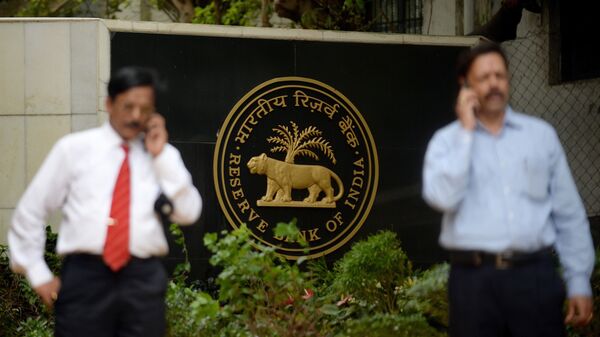India's apex bank the RBI has kept key policy rates unchanged on the back of "uncertainty on inflation outlook" in the country's economy.
Announcing the key policy rates on Thursday, the Reserve Bank of India's (RBI) governor kept the repo rate unchanged at four percent - a move that will hinder the pace of revival of the Indian economy in the aftermath of the pandemic.
The repo rate is the rate of interest at which the apex bank lends to commercial banks. A lower cost of borrowing would help push economic growth, which is projected to turn negative this year.
Retail inflation in India, measured by the consumer price inflation (CPI) in June, marginally crossed the inflation framework target level to 6.09 percent. Retail inflation growth has almost trebled from 2.05 percent in January 2019 to the current levels.
As per the 2015 Monetary Policy Framework Agreement between the government of India and the RBI, flexible inflation targeting was adopted. Subsequently, the RBI and the government decided to have an inflation target of four percent, with an upper tolerance limit of six percent and lower limit of two percent.
In fact, since the onset of the COVID-19 pandemic, the RBI has infused $127.60 billion into the Indian financial system. The apex ban has also reduced the repo rate by 1.15 percent since the onset of the pandemic – thereby lowering the cost of capital to ensure economic growth.
Even though the RBI maintained a status quo on the rates, it announced measures for the agriculture and housing sectors to provide liquidity worth $1.3 billion to them. The RBI has also announced a resolution framework for small businesses, which are facing debt repayment challenges on account of COVID-19.





